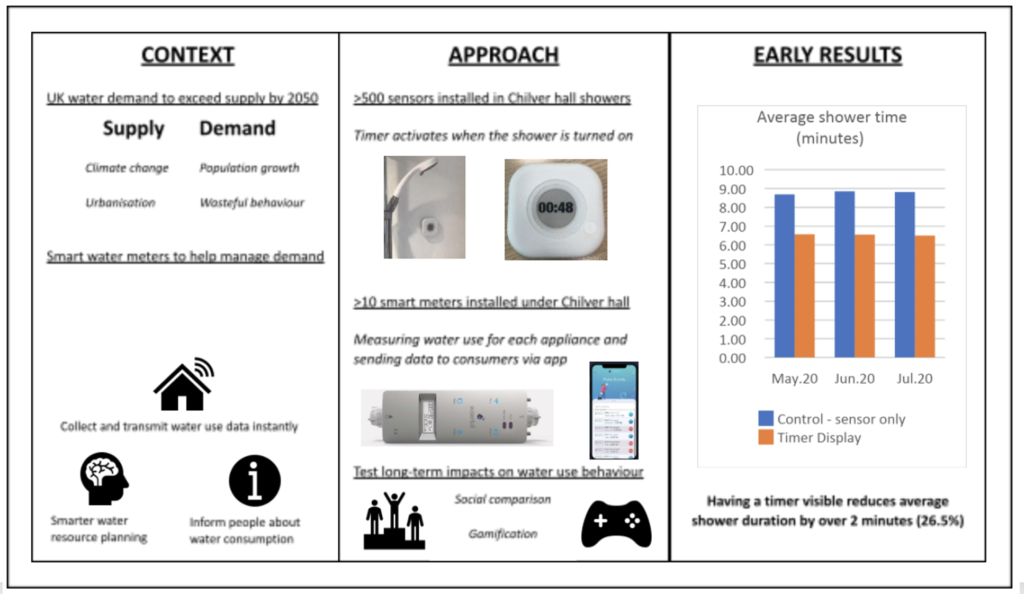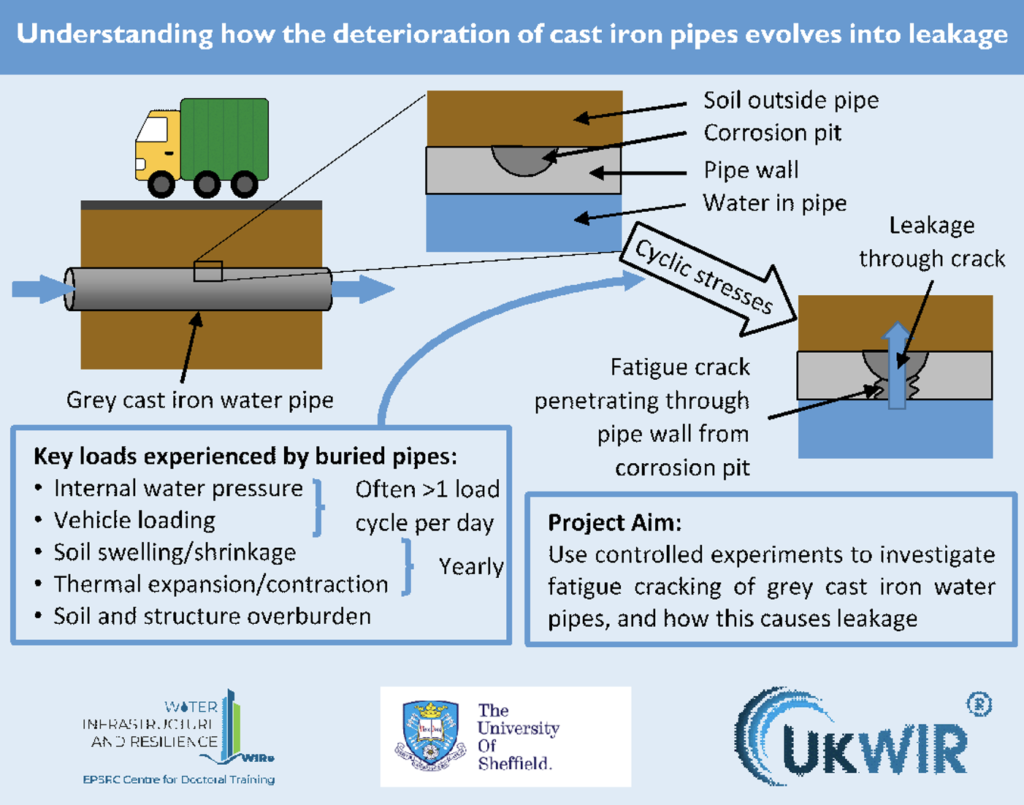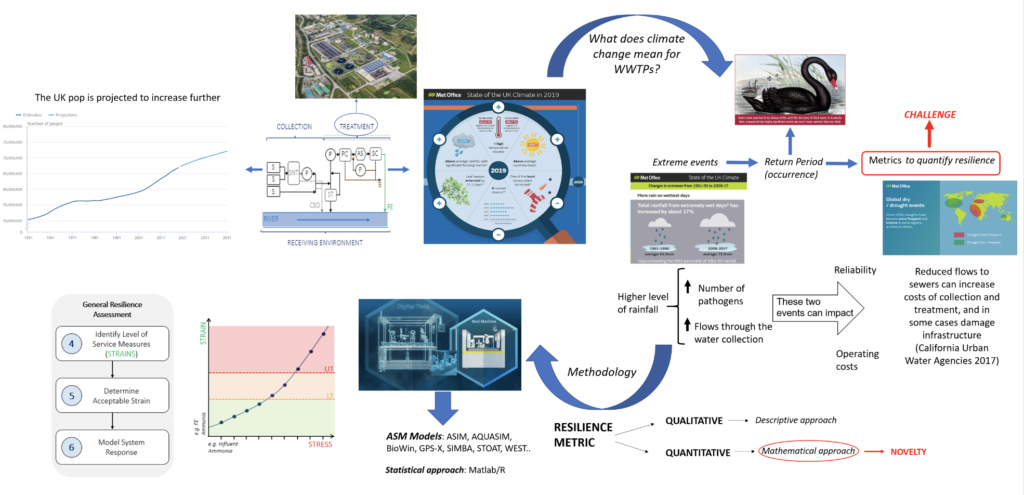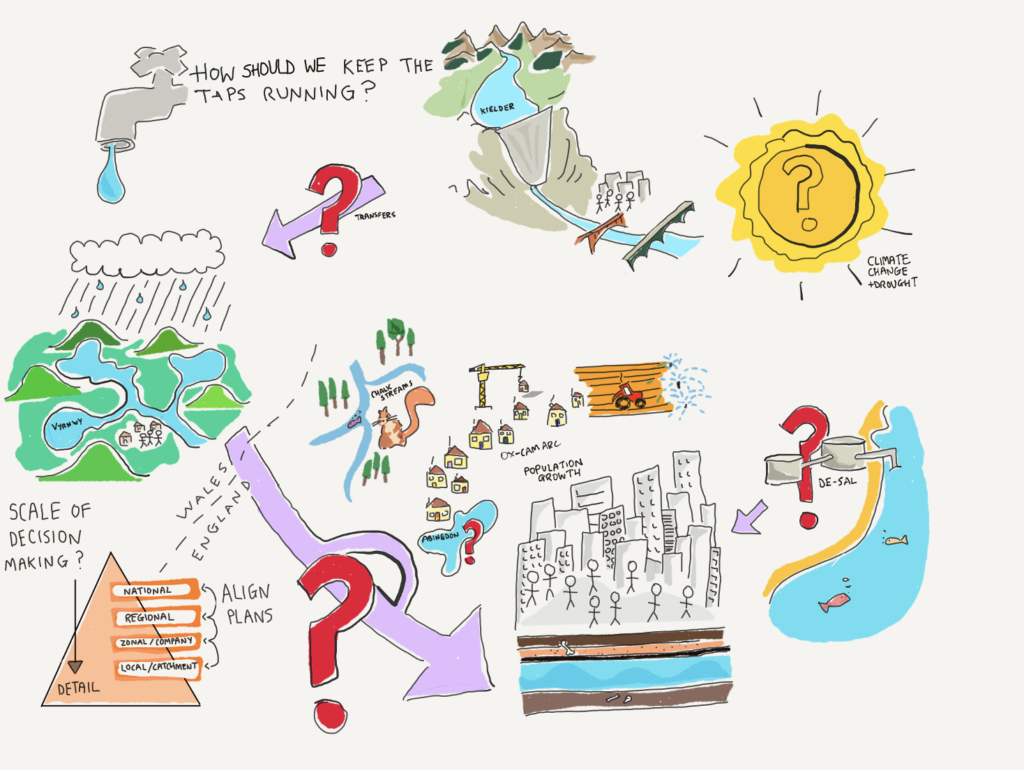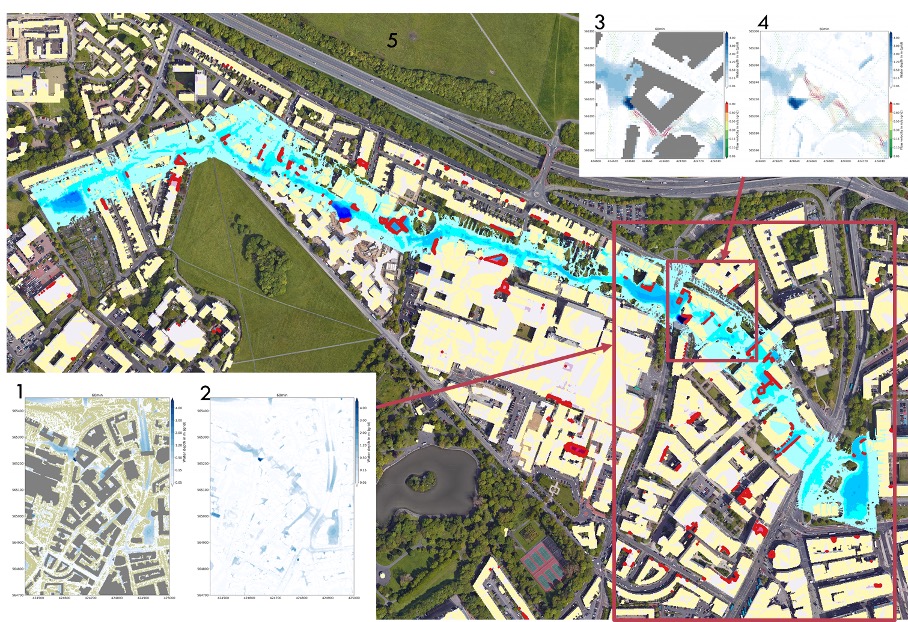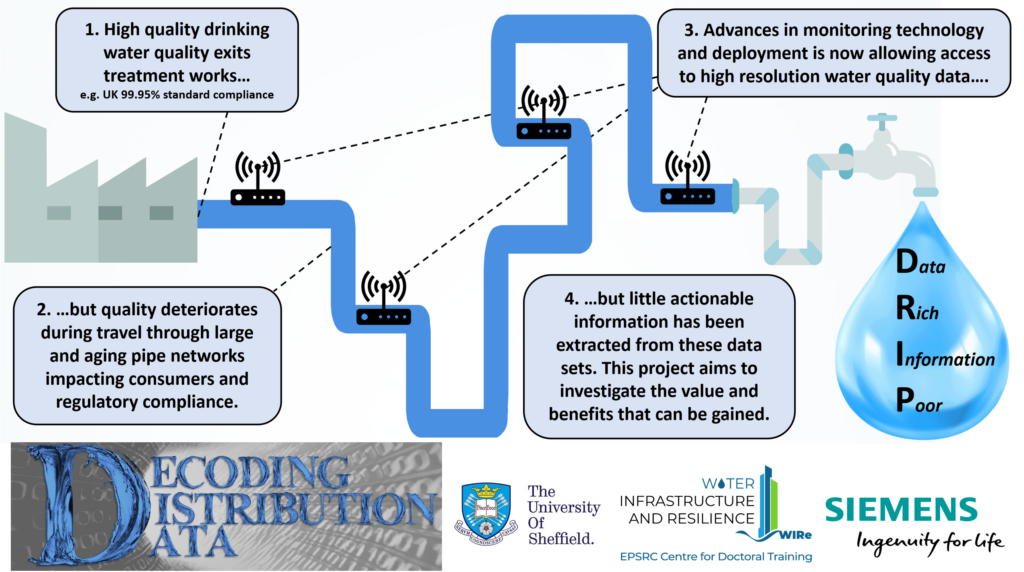Meet Harry Nicklin
Email: [email protected]
Academic and Industrial affiliations: Cranfield University, Reckitt Benckiser
Title of research project: Understanding Domestic Water Use Behaviour

Freshwater demand in the UK is expected to outstrip supply by over 1 billion litres per day by 2050, so water demand must be managed more sustainably. Despite technological innovations in water efficiency, per capita water demand has increased in recent years, hovering around 140L per person per day. Household water use behaviour needs to be addressed since we remain wasteful even with more water-efficient products available. To aid with this, smart water meters collect and transmit household water use data to water companies and consumers in real-time, supporting water resource planning decisions and informing consumers about their water usage. This research project investigates the impacts of smart water meters on domestic water use behaviour. By installing smart water meters in campus residence halls and exploring the prolonged impacts of different behavioural interventions on water consumption, this research builds evidence informing the most effective strategies for influencing water use behaviour over the long-term. The overarching aim is to generate prolonged water and energy savings and elevate understanding of the role of smart meters in household resource conservation for the benefit of generations to come.
